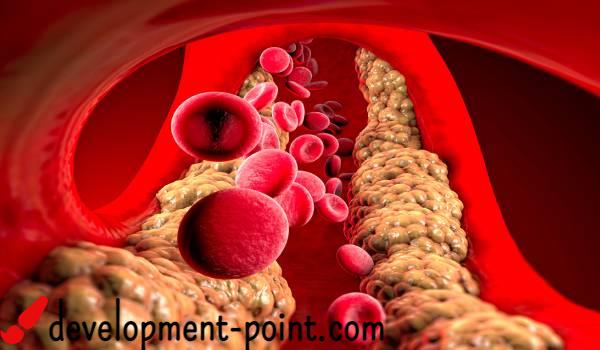The medical truth behind Mustafa Hafnawi’s death
All social networking sites turned around, praying for the famous YouTuber to recover Mostafa Hefnawi Then everyone was surprised by the shocking and sad news of his death a few days later at the age of 25, so what happened suddenly? What is the medical truth behind his death away from myths and rumors?
Mustafa Hafnawi is a young man in his prime who seeks to achieve his dreams and strive to be a successful and useful person for his community and has had an impact on the youth of his generation and was loved by many, but the disease does not differentiate between old and young, a few days ago Mustafa Hafnawi was admitted to the hospital because he complained of pain in his neck. stomach and right shoulder, and he was diagnosed with colitis, and he was admitted to the hospital to follow up on his condition and perform some analyzes and examinations.
The disease that caused the death of Mustafa Hafnawi
According to his friends, they suspected that he had a stroke, especially after he felt pain in his right shoulder, but the doctors at the hospital confirmed that he was not suffering from a stroke and that his symptoms were just inflammation of the colon, but after several hours the hospital responded to their request and x-rays were taken to discover that Mustafa was actually injured. He suffered a stroke, but after his condition deteriorated completely and he became paralyzed, and the doctors were unable to control his condition after he fell into a coma, and hours later the news of his death was announced.

There have been many posts on social media saying that envy is what killed Mustafa Hafnawi! But this is not our case. In fact, what happened to Mustafa Hafnawi was a misdiagnosis that led to a delay in knowing his condition. The truth is that his life could have been saved if the stroke had been identified early.
What are the symptoms of a brain stroke?
Learn about the symptoms of a brain stroke that leads to a stroke and its early signs, as it may be a reason to save a patient’s life:
- Sudden severe headache, which may be accompanied by dizziness, nausea, and vomiting.
- Feeling of tingling or numbness in the face, shoulder, arm or foot, often on one side of the body.
- Inability to move an arm or a foot.
- Feeling confused, unable to understand others, and unable to speak.
- Suddenly not being able to see clearly in one or both eyes.
- Loss of balance, ataxia, and inability to walk properly.
Here, you must act quickly when you notice these symptoms and do four quick things, after which you must go to the emergency room immediately, and it is called in English the FAST technique:
- Face: Ask the patient to smile and notice that one side of his face is drooping.
- Arm: Ask him to raise his arms and see if he can.
- Speech: Ask him to repeat a sentence behind you and see if he stutters or doesn’t understand what you’re saying.
- Time: Timing here is the most important factor in saving his life. Call for an ambulance immediately or go to the emergency room as soon as you notice these symptoms.
Diagnosing a brain stroke
As soon as the patient goes to the emergency room, the emergency doctors will intervene quickly, and the first thing to do after knowing the symptoms is to do the following: CT scan of the brain Then do other checks, including:
- A physical examination, some neurological tests, blood pressure measurement, and family medical history.
- Blood tests to detect the presence of clots, high blood sugar, or the presence of any infection.
- Magnetic resonance imaging (MRI) to identify the affected tissues in the brain.
- Echo of the heart to see if the heart is the source of the clot.
Stroke treatment
As we mentioned, timing here is the key to treatment. To save the patient’s life, he must receive within 4 hours of the onset of symptoms a clot-dissolving drug called tissue plasminogen activator, and the drug may be delivered directly to the brain faster through an intravenous catheter inserted from the thigh and the drug is pumped into it until it reaches directly to the brain and works to break up the clot.
In the case of large clots, the doctor may have to use a stent through a catheter that removes the clot in addition to the clot-dissolving medication.
After working to break up the clot, the patient will be monitored to monitor his vital signs for at least a day, and if the doctor makes sure that the clot is completely treated, the stage of recovery and rehabilitation from the effects of the stroke will remain according to the damage it caused, such as speaking and movement.
Will
.
May God have mercy on Mustafa Hafnawi and make him dwell in his spacious gardens, and inspire his family and loved ones with patience. No one can predict the disease, but it is necessary to take into account the causes and increase awareness of the symptoms of diseases, because knowledge may save the lives of many, and your knowledge of simple information may be the reason for saving someone’s life.

